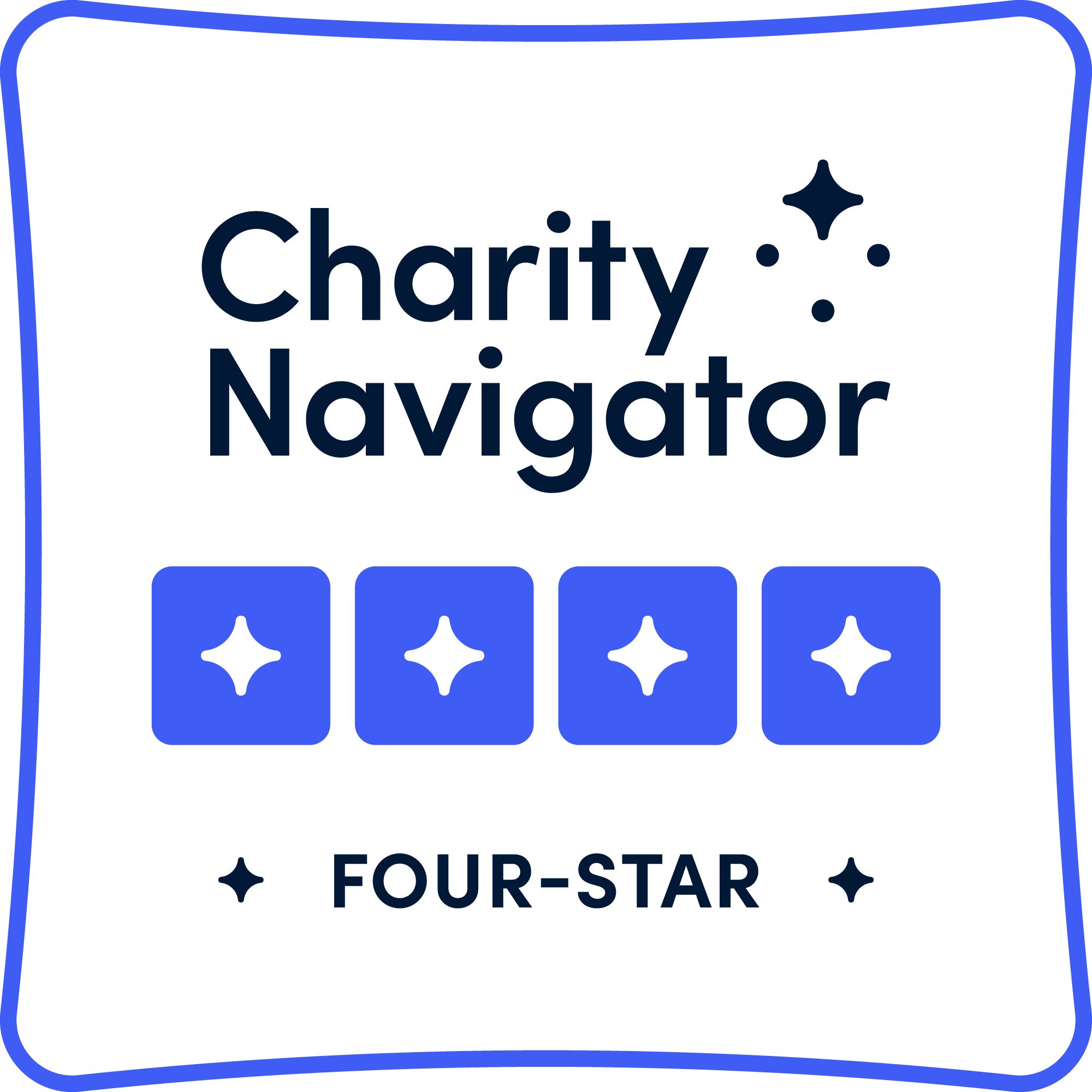When was the last time you had a glass of water? What about 82 gallons of water? That’s how much H2O the average American uses each and every day. This crucial resource enables everything from hydration to hygiene— and that’s only looking at personal usage. Outside of the domestic sphere, water allows us to grow food, create energy, build infrastructure, and manufacture all kinds of goods, however, what human activity uses the most water?
Although water is a renewable resource, we still need to conserve it in order to meet everyone’s needs. Here is a great lesson plan on Drought Causes: Climate Change Impacts. So, how can we preserve the Earth’s most important resource? To begin to answer this question, it might help to identify some of humanity’s most water-intensive activities. What human activity uses the most water? It depends on how you frame the question.









































